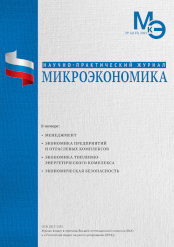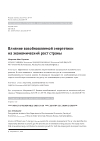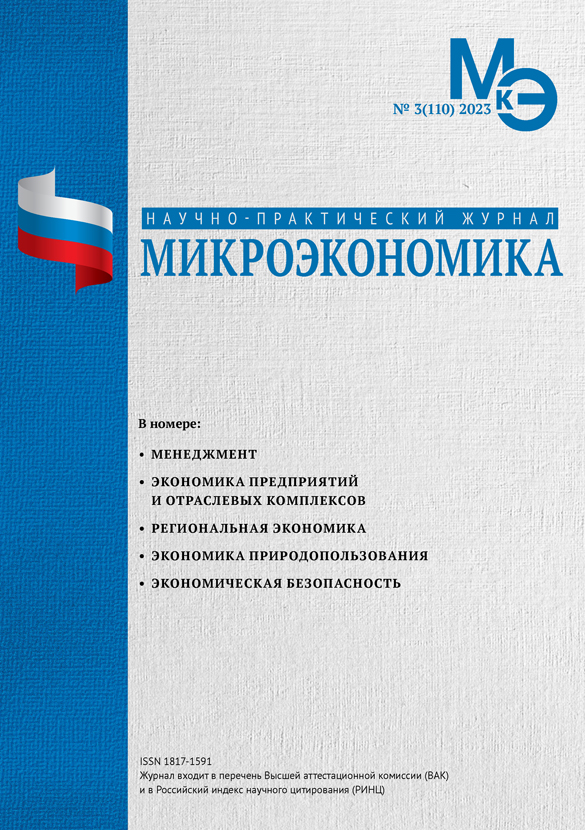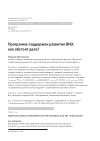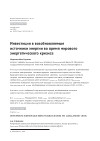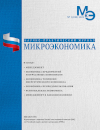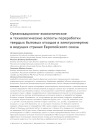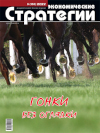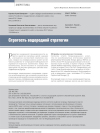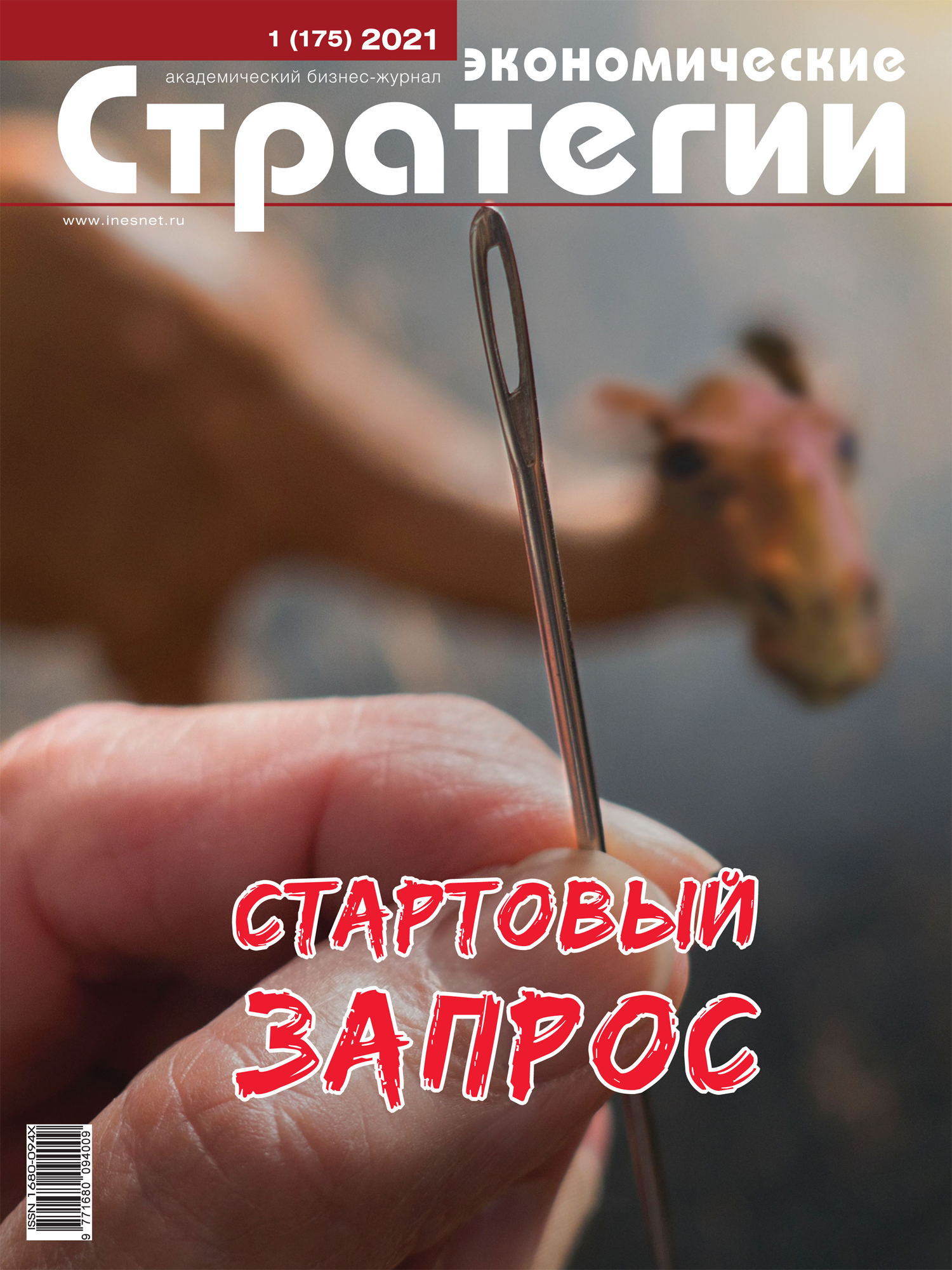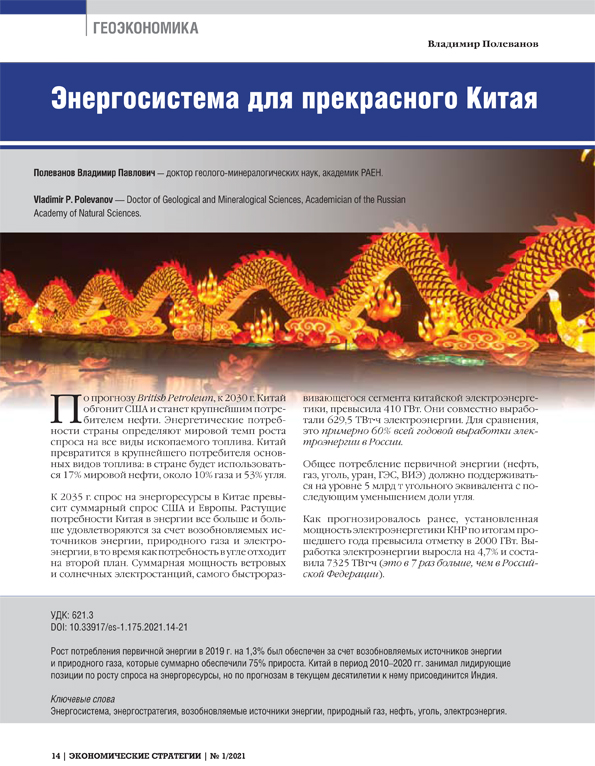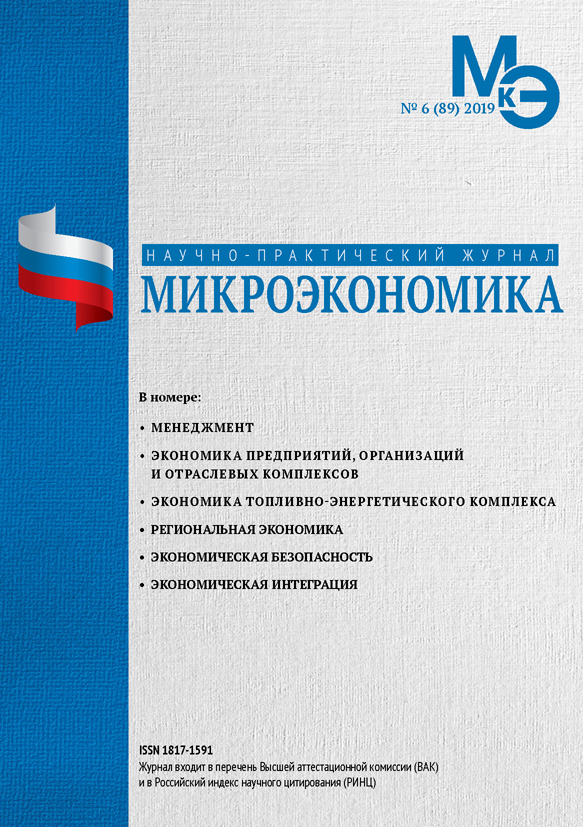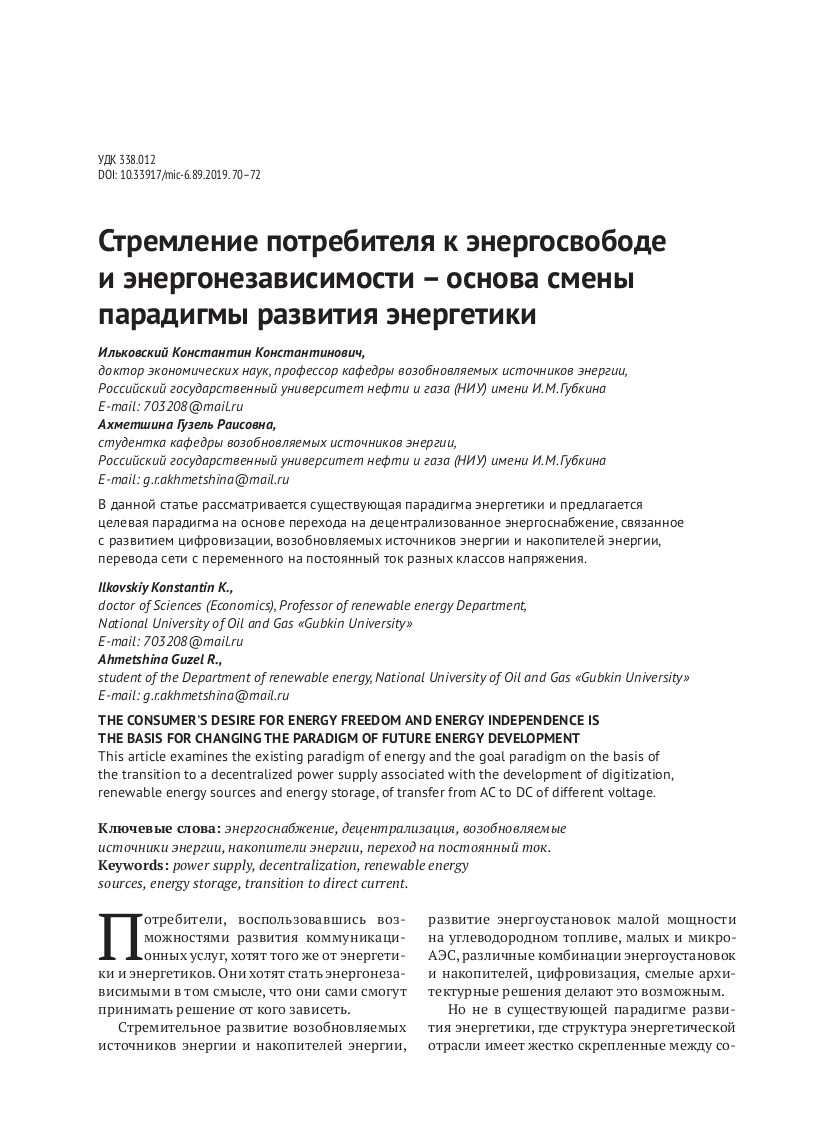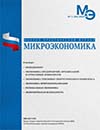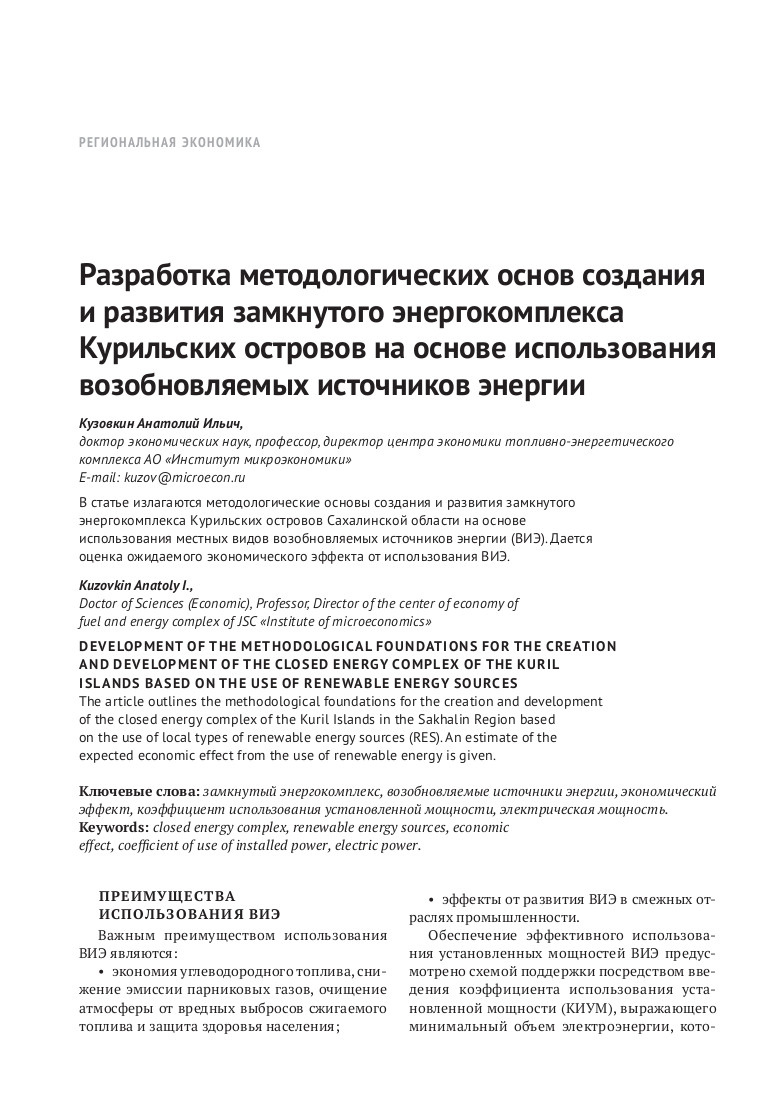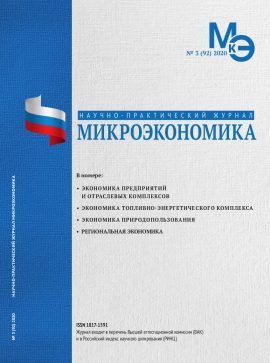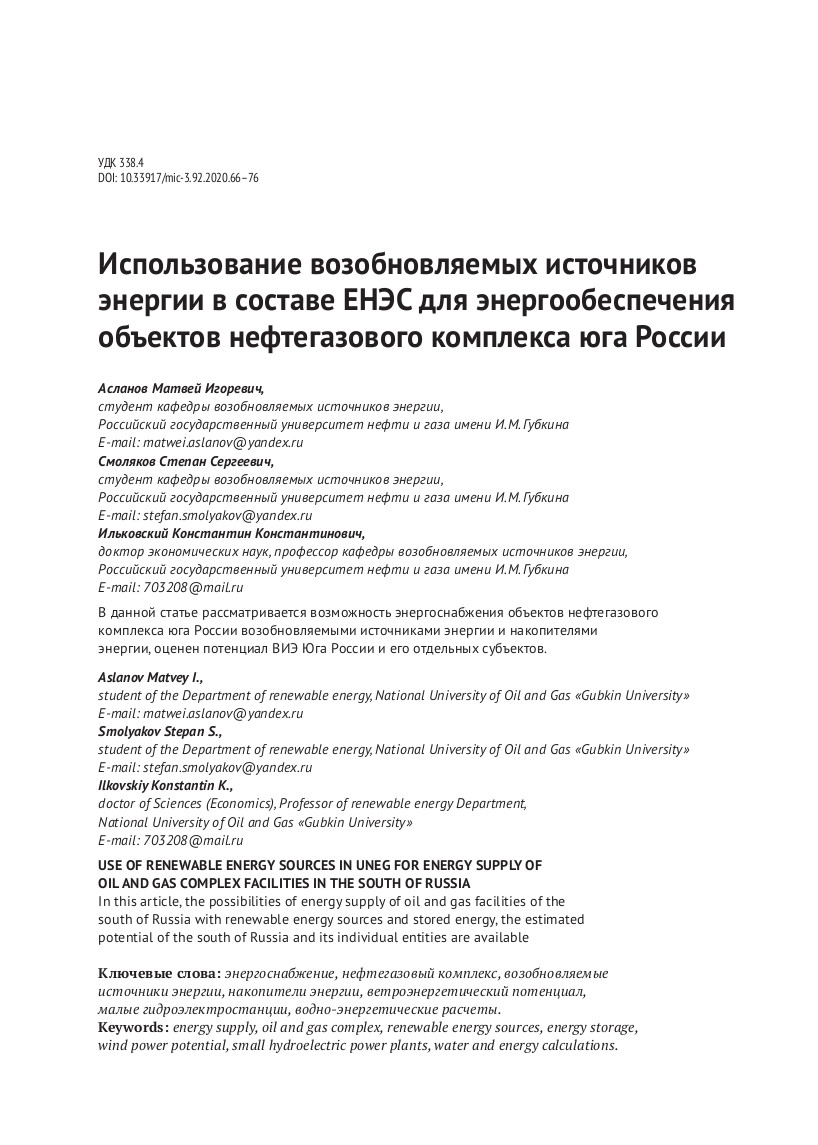Potential for Nuclear Energy Development in Uzbekistan
DOI: 10.33917/es-1.193.2024.26-35
The article examines the prospects for hydrocarbon, renewable and nuclear energy in Uzbekistan. Results of forecasting the dynamics of oil, gas and uranium production until the middle of the 21st century and then are presented. The authors substantiate the conclusion that nuclear generation, having economic and environmental advantages, is competitive in the long term only if two-component nuclear energy is developed due to the exhaustibility of uranium in Uzbekistan.
References:
1. GDP per capita (current US$) — Uzbekistan. The World Bank Data, available at: https://data.worldbank.org/indicator/NY.GDP.PCAP.CD?locations = UZ
2. The World Factbook — Uzbekistan. CIA. URL: https://www.cia.gov/the-world-factbook/countries/uzbekistan/
3. Muinov D.A., Kostyuchenko Z.M. Strategicheskie napravleniya razvitiya promyshlennosti Uzbekistana na perspektivu [Strategic Directions of the Industry Development in Uzbekistan for the Future]. Ekonomika: analizy i prognozy, 2019, no 1, pp. 63–68.
4. Otkrytye dannye — Promyshlennost’ [Open Data – Industry]. Agentstvo statistiki pri Prezidente Respubliki Uzbekistan, available at: https://stat.uz/ru/ofitsialnaya-statistika/industry
5. BP Statistical Review of World Energy 2022. Uckfield, Pureprint Group Ltd., 2022, 60 p.
6. Uranium in Uzbekistan. WNA, available at: https://world-nuclear.org/information-library/country-profiles/countries-t-z/uzbekistan.aspx
7. Data and Statistics. IEA, available at: https://www.iea.org/data-and-statistics/data-browser?country = UZBEKISTAN
8. Kharitonov V.V., Ul’yanin Yu.A., Sliva D.E. Analiticheskoe modelirovanie dinamiki ischerpaniya nevozobnovlyaemykh traditsionnykh energeticheskikh resursov [Analytical Modeling of the Depletion Dynamics for Non-Renewable Traditional Energy Resources]. Vestnik NIYaU MIFI, 2019, vol. 8, no 3, pp. 298–307.
9. Statistika po global’nomu energeticheskomu perekhodu [Global Energy Transition Statistics]. Dannye o mirovoy energetike i klimate. Ezhegodnik-2021, available at: https://yearbook.enerdata.ru
10. The International Renewable Energy Agency (IRENA). Finance & Investment, available at: https://www.irena.org/financeinvestment. Statistics Time
Series.
11. A carbon-neutral electricity sector in Uzbekistan. Summary for policymakers. Birmingham, Corporate Solutions Limited, 13 p.
12. Ivanov G.A., Voloshin N.P., Ganeev A.S., et al. Vzryvnaya deyterievaya energetika. Snezhinsk, RFYaTs-VNIITF, 2004, 288 p.
13. Energy Return on Investment. World Nuclear Association, available at: https://world-nuclear.org/information-library/energy-and-the-environment/energyreturn-
on-investment.aspx
14. Uzbekistan Power Sector Master Plan. Vol. 1 to 3, Mott MacDonald & Corporate Solutions, 2019, available at: https://www.mottmac.com/releases/uzbekistanspower-
sector-masterplan-commits-to-clean-energy
15. Mineral Requirements for Electricity Generation. World Nuclear Association, available at: https://world-nuclear.org/information-library/energy-and-theenvironment/




